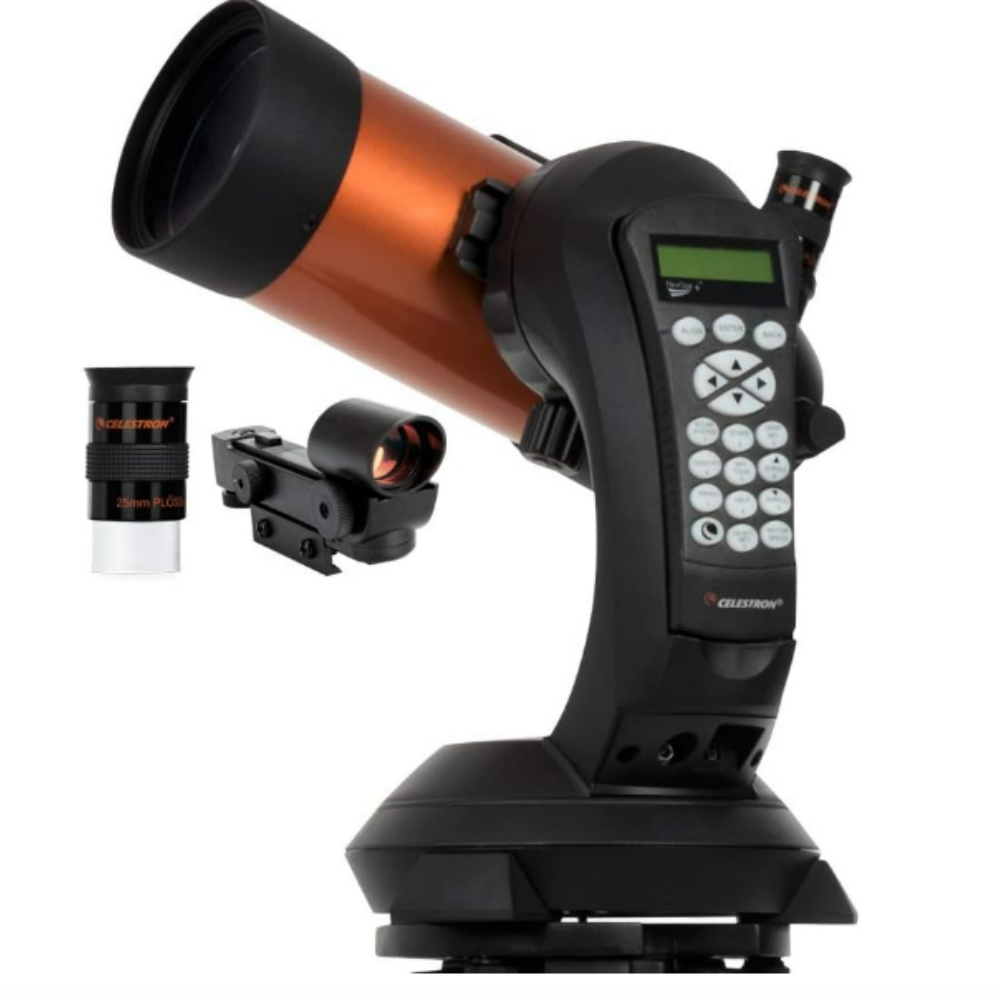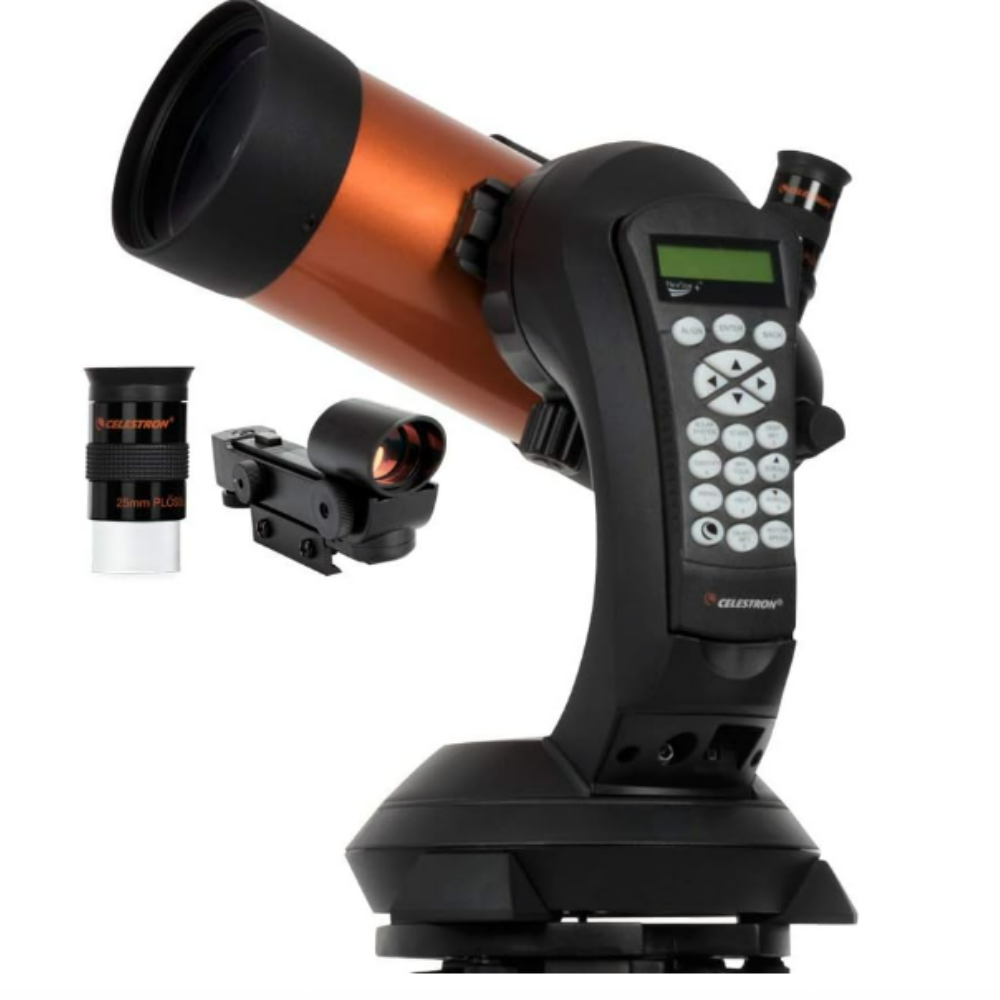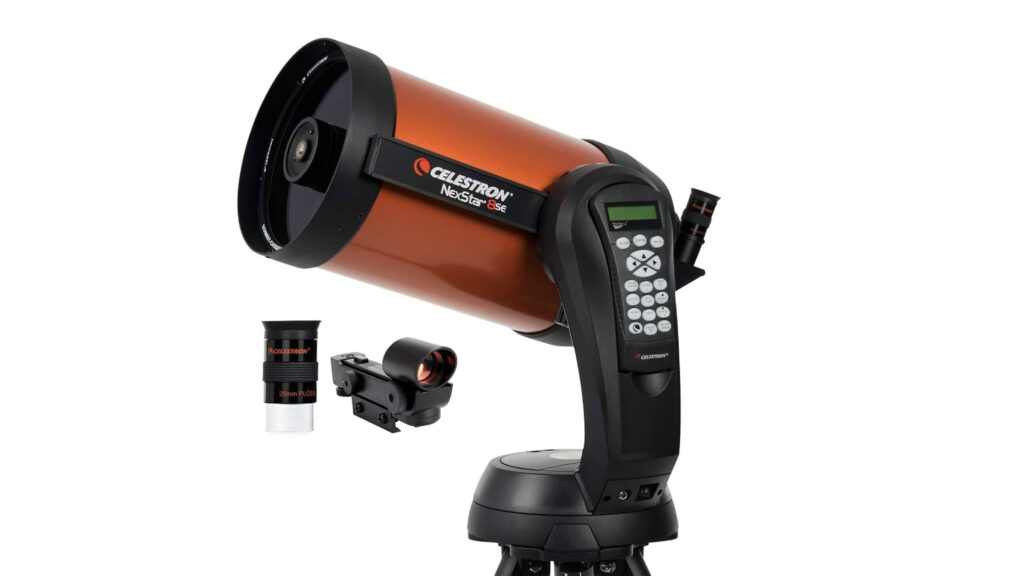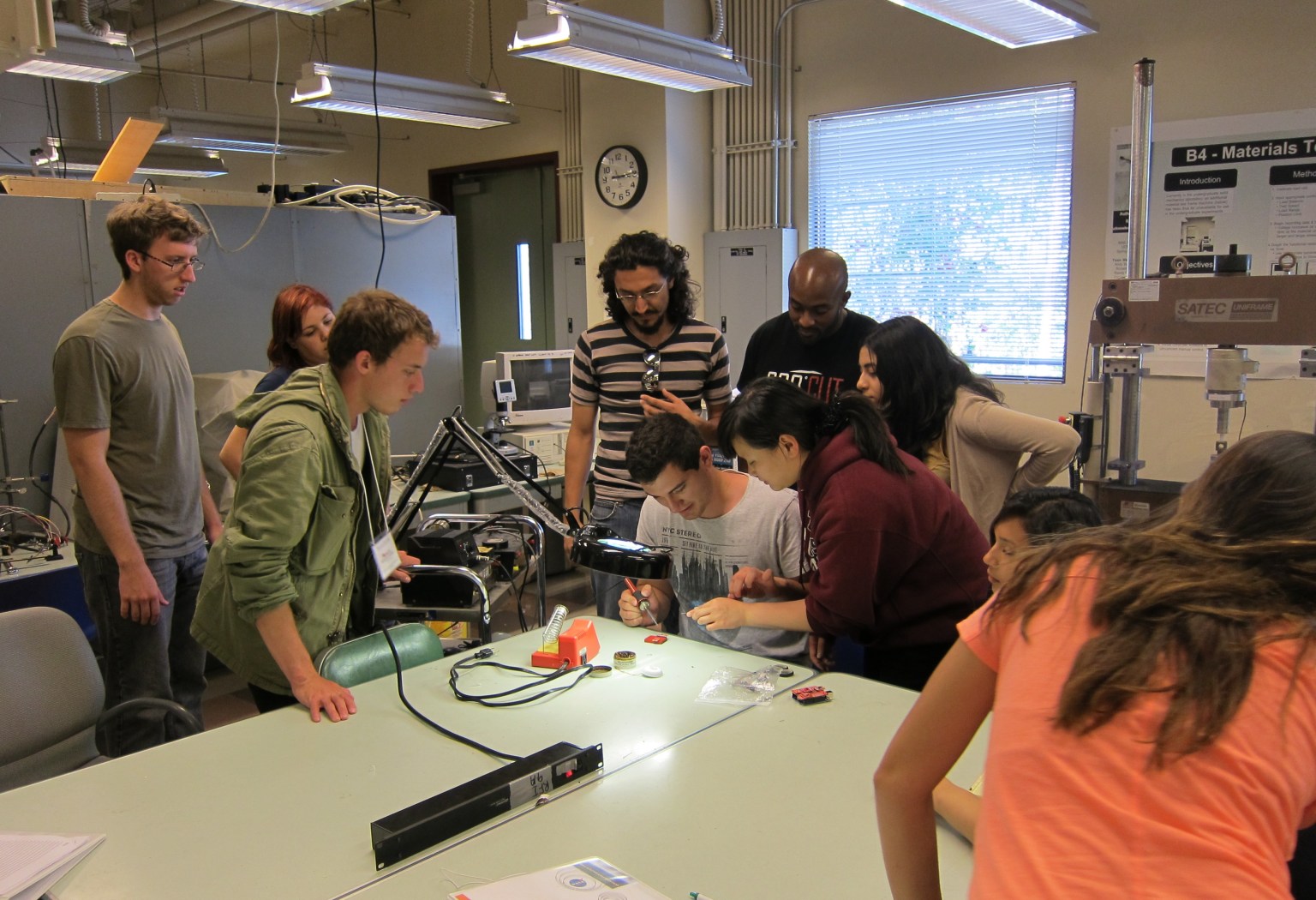Now Reading: See Saturn and Venus flank ghostly Neptune in the pre-dawn sky on May 2
-
01
See Saturn and Venus flank ghostly Neptune in the pre-dawn sky on May 2
See Saturn and Venus flank ghostly Neptune in the pre-dawn sky on May 2

Friday, May 2, presents a perfect opportunity to catch the mighty ice giant Neptune close to the planets Saturn and Venus in the pre-dawn sky, before they break their close-knit formation later in the month.
To find the planetary trio, find a stargazing spot with a clear horizon and head out a little over an hour before sunrise, which will occur at 5:53 a.m. EDT (0953 GMT) for night sky enthusiasts based in New York. The three distant worlds will have risen just above the horizon by 4:40 a.m. EDT (0830 GMT) for stargazers in this locale, and will climb visibly higher until the sun bleaches the sky with its light.
Venus (magnitude -4.41) will appear as the brightest world by far in the planetary formation, and will hold the highest position over the horizon with Saturn (magnitude +1.19) located to its lower right just a few degrees — or finger widths — away. Dimmer Neptune can be found down and slightly to the right of Venus with a separation of roughly two finger widths, or half the distance between Venus and Saturn.
TOP TELESCOPE PICK:

Want to see the Venus, Saturn and Neptune up close? The Celestron NexStar 4SE is ideal for beginners wanting quality, reliable and quick views of celestial objects. For a more in-depth look, take a peek at our at our Celestron NexStar 4SE review.
Remember, the lower a celestial body’s magnitude is, the brighter that night sky object will appear against the inky blackness of space. Neptune will shine at a magnitude of +7.94, which is fainter than the human eye can detect (typically around +6.5 under dark sky conditions). This means you’ll need a pair of high-powered binoculars under dark skies — or better yet, a quality telescope — to resolve the distant world as a tiny blue orb.
All three planets will fit nicely in the field of view of a pair of standard binoculars. However, if you do go planet hunting, viewers must remember to never look directly at the rising sun, which appears in the east shortly after Neptune. Doing so can cause serious and permanent eye damage.
During early May, the triangular formation of the planets will gradually shift in the morning sky. For instance, on the morning of May 9, Neptune, Venus and Saturn will align in a nearly perfect line across the eastern horizon. By the end of the month, Saturn and Neptune will appear to have slipped Venus’ grasp, rising ever higher in the pre-dawn sky while Venus lingers near the horizon.
If you’re looking for a telescope or binoculars to observe the planets of our solar system? Well our guides for the best binoculars deals and the best telescope deals can help. Our guides on the best cameras for astrophotography and best lenses for astrophotography can also help you prepare to capture the next skywatching sight, whether it be stunning aurora, a planetary conjunction, or simply a calm, star-filled night.
Editor’s note: If you want to share your night sky pictures with the readers of Space.com, please email them to spacephotos@space.com.
Stay Informed With the Latest & Most Important News
Previous Post
Next Post
-
 012024 in Review: Highlights from NASA in Silicon Valley
012024 in Review: Highlights from NASA in Silicon Valley -
 02Panasonic Leica Summilux DG 15mm f/1.7 ASPH review
02Panasonic Leica Summilux DG 15mm f/1.7 ASPH review -
 03How New NASA, India Earth Satellite NISAR Will See Earth
03How New NASA, India Earth Satellite NISAR Will See Earth -
 04And Thus Begins A New Year For Life On Earth
04And Thus Begins A New Year For Life On Earth -
 05Astronomy Activation Ambassadors: A New Era
05Astronomy Activation Ambassadors: A New Era -
06SpaceX launch surge helps set new global launch record in 2024
-
 07From Polymerization-Enabled Folding and Assembly to Chemical Evolution: Key Processes for Emergence of Functional Polymers in the Origin of Life
07From Polymerization-Enabled Folding and Assembly to Chemical Evolution: Key Processes for Emergence of Functional Polymers in the Origin of Life




















